Where Did My Cash Go?
“ “Most important is cash,...[for] without this
business can hardly be carried on.”
”
As a business consultant and coach, I probably hear one question more often than any other: “Where did my cash go?” It is among the most important questions in business because turning cash into more cash is the purpose of business. The Statement of Cash Flows tells us where our cash went, which is the first step toward managing that precious resource.
In a previous article, I said that if we make a profit but don’t have cash, there are only three reasons:
We haven’t been paid yet,
We already spent it buying assets or paying debt, or
We took it as distributions.
Those are the reasons, but we need specifics to make management decisions.
The Statement of Cash Flows defined
The Statement of Cash Flows is an obscure report. Not that it’s hard to find. For most of us it’s only a few clicks away in Quickbooks. Nevertheless, my experience has shown few business owners have even heard of the report let alone used one to manage their cash.
“The Statement of Cash Flows tells us where our cash went, which is the first step toward managing that precious resource.”
I understand why few of us use the report. It is confusing the first time we see it. However, with just a little explanation, it makes perfect sense and can become one of our most useful tools.
Plus, if you hang with me, I’ll provide a shortcut that makes the report useful, even if we don’t fully understand it.
The Statement of Cash Flows, like the Income Statement, is a period report. It tells us what happened to our cash between two specific dates. In Quickbooks, the report begins with the profit for the period. It then totals all the activities that provide cash and subtracts all the activities that consume cash. The report adds the remainder to the beginning cash balance to get our current cash balance.
Simple, right?
Okay, maybe it’s not so simple. Let’s look at the table below before we add detail.
Notice that we had $300,000 on January 1, and we made $1,000,000 profit. So why don’t we have $1,300,000 cash at the end of the year?
The answer is that “certain activities” provided $200,000 of additional cash, but other activities consumed $800,000 of cash!
In order to manage our businesses, we have to know what those activities are so we can maximize the “provide” and minimize the “consume.” The expanded table below adds some insights.
These are the same numbers as the first table broken out into detail.
We still made $1,000,000, but we now know that accounts receivable consumed $600,000 of cash. This is the first reason of the three reasons above: we haven’t been paid yet.
The next line is accounts payable, which we can think of as the opposite of accounts receivable. It’s money we owe but haven’t paid, which is the same as getting a cash loan from our suppliers.
The next three lines, the truck, paying down the bank loan and financing the truck, are all reasons number two: we already spent it. We used $50,000 of our cash to buy an asset, the truck, and $100,000 to pay down our bank debt. Then we replaced $50,000 of cash by getting a loan on the truck.
“The report is far too valuable to abandon just because we don’t fully understand it. ”
The last activity, owner’s equity, shows that we drew out $100,000 of cash from the company. This is reason number three: we took it.
It is important to understand that, for example, the $600,000 of accounts receivable is the change to accounts receivable over the period. It is NOT the current total of our accounts receivable. The same is true of all the other accounts.
The Statement of Cash Flows only reports changes to various accounts.
If we’re not confused enough, the Statements of Cash Flows for our companies will likely have many more entries than my examples. There will be items such as credit cards, payroll taxes due, depreciation, inventory and all sorts of other plusses and minuses.
It can be enough for us to swear off the Statement of Cash Flows entirely, but please don’t.
Statement of Cash Flow Shortcut
The report is far too valuable to abandon just because we don’t fully understand it, so here’s the shortcut I promised: LOOK FOR THE BIG NEGATIVE NUMBERS.
If your biggest negative number is next to accounts receivable, say to yourself: “Accounts receivable are consuming too much cash!” No confusion there!
Maybe we have big negative numbers next to inventory or owner’s equity. Same thing: “My inventory is consuming way too much cash.”
Most of us will have several big negative numbers that show where the bulk of our cash is going. Once we know that, we can do something about it.
If we don’t know what to do, we can seek advice from a coach, or accountant or maybe our peers, but at least we know what to work on, and that’s management!
How about you?
Have you ever had trouble making payroll or paying your suppliers on time? Do you know where your cash is going? Do you receive a Statement of Cash Flows report along with your Income Statement and Balance sheet at least every month?
As always, Thank you for reading this article. As a business consultant/business coach, your is important, not only to me, but also to my clients. I welcome your comments and your suggestions for future articles in the box below.



